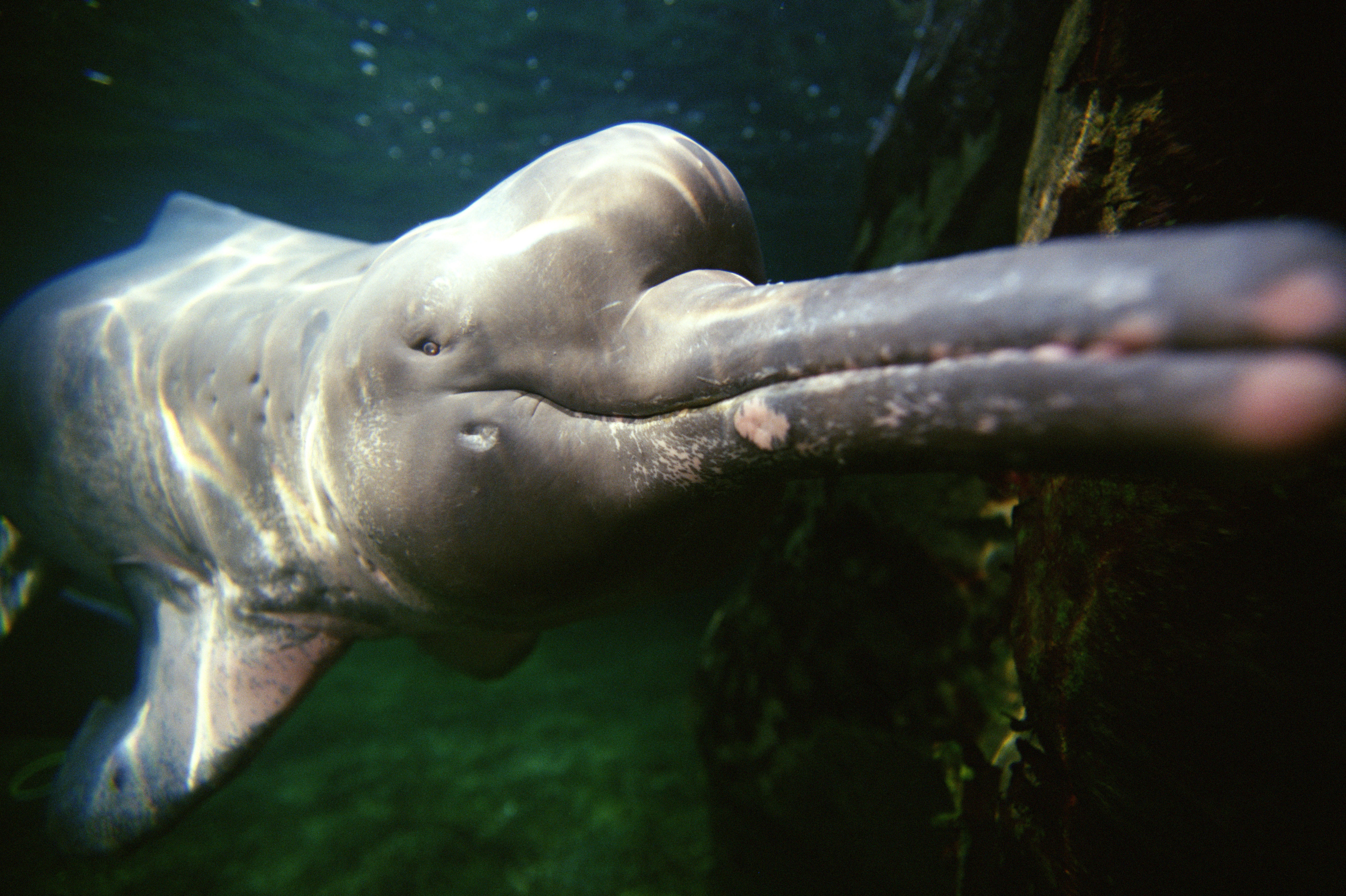
Then, the Bolivian river dolphin was treated as a separate subspecies. Also, the range of this dolphin was isolated by the presence of waterfalls and rapids on the Madeira River where these dolphins lived.

After further research, it was found that the Bolivian river dolphin had more teeth than the Amazon river dolphin. He later compared it with a stuffed specimen of the Amazon river dolphin and believed the two dolphins were identical. The species was first described by Alcide Dessalines d’Orbigny, a French naturalist who observed it during his stay in Bolivia between 18. Hence, while some publications regard it as a separate species, other organizations and groups such as the IUCN consider it to be a subspecies of the Amazon river dolphin. The classification controversy arose when a recent mitochondrial DNA study revealed that the species had diverged from the Amazonian river dolphin about 2.9 million years ago. The Inia geoffrensis boliviensis or the Inia boliviensis is a subspecies or species of genus Inia. More extensive surveys need to be conducted to properly classify the population and risk status of the Araguaian river dolphin. Fishermen in the region also kill the dolphins by shooting or poisoning them since they claim that the dolphins steal fish from their nets. Human activities and developmental projects like agriculture, industrial activities, construction of dams, etc., threaten the survival of the dolphins. However, they have little genetic diversity which is a threat to their continued existence. There are about 600 to 1,500 individuals of the Araguaian river dolphin living today. The dolphins can sharply turn their heads due to the absence of neck vertebrae. The length of these animals ranges from 1.53 to 2.6 m.

The color of these dolphins varies from gray to pink. The cetacean lives in Brazil’s Araguaia–Tocantins basin. The Araguaian river dolphin or the I nia araguaiaensis has been regarded as a separate species of river dolphin since January 22, 2014. River dolphins are classified into five extant species. Their elongated beaks and conical teeth help them to catch prey moving swiftly in muddy water. These dolphins usually have well-developed hearing sense but poor eyesight since visibility in their murky water habitats is usually low. Fish constitute the majority of their diet. Since these dolphins have restricted habitats, they are highly susceptible to threats in their habitat. These dolphins are smaller in size than the marine species. River dolphins are cetaceans that live in freshwater or brackish water habitats.


 0 kommentar(er)
0 kommentar(er)
